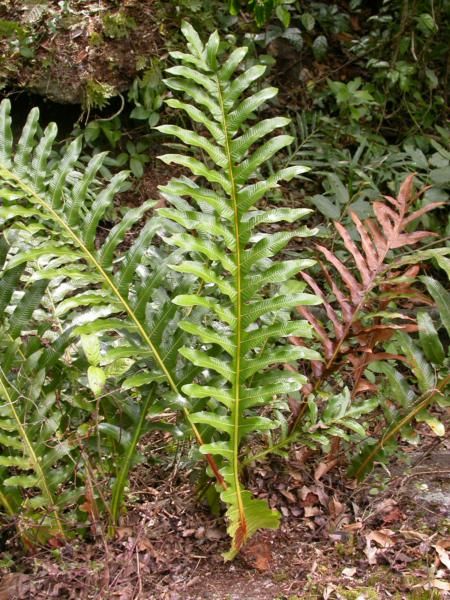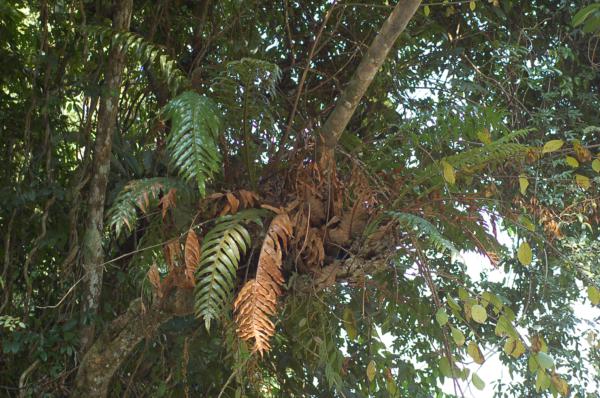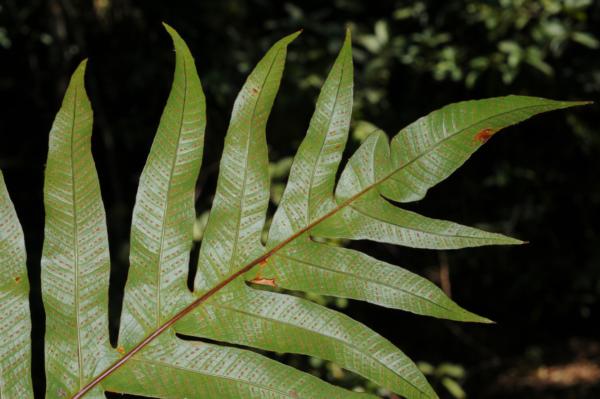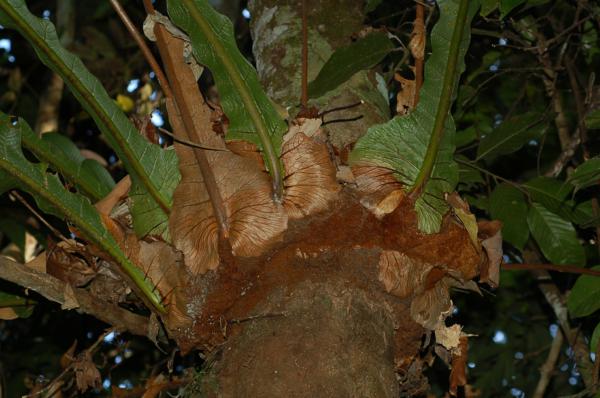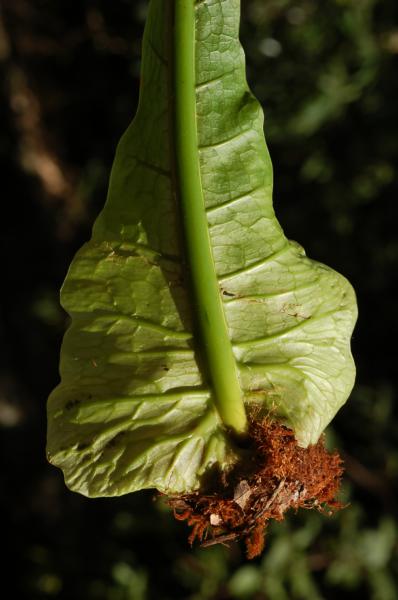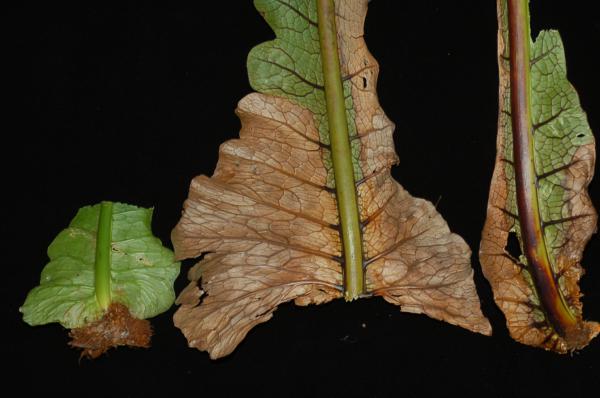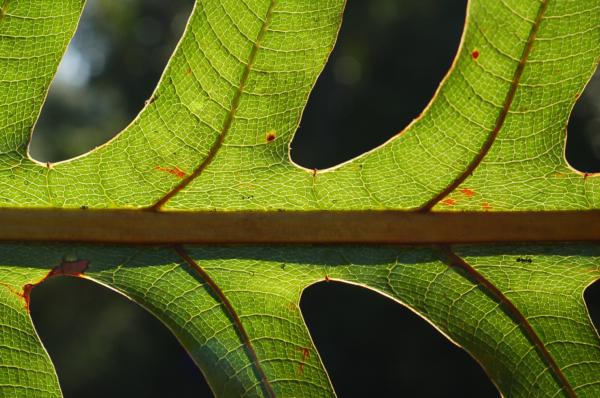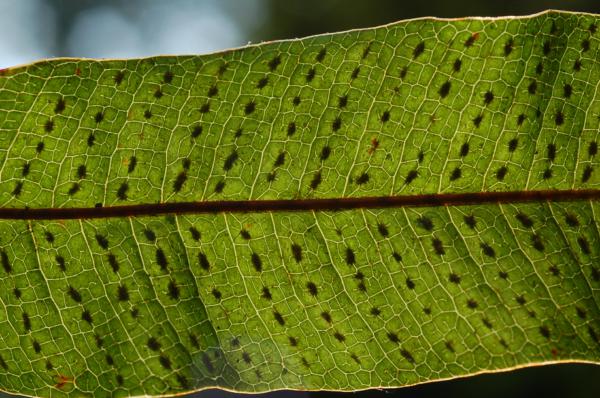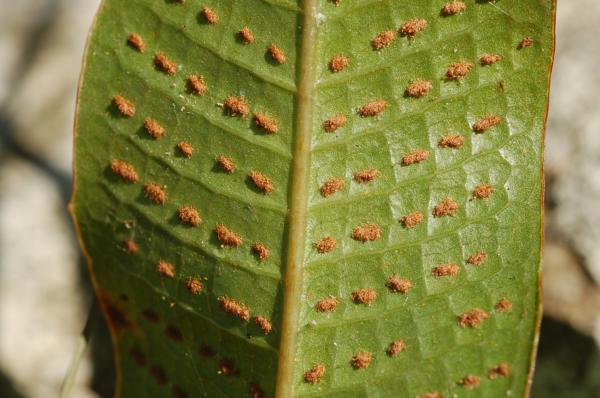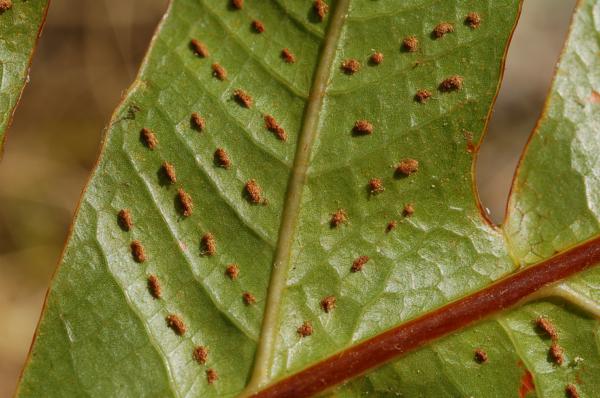
Aglaomorpha coronans (Wall. ex Mett.) Copel.
Family
Polypodiaceae
Nomenclature
Aglaomorpha coronans (Wall. ex Mett.) Copel., Univ. Calif. Publ. Bot. 16: 117. 1929; Tardieu & C.Chr., Fl. Indo-Chine 7(2): 488, f. 57.3 & 57.4. 1941; Holttum, Dansk Bot. Ark. 20: 21. 1961; Tagawa, J. Jap. Bot. 38: 328. 1963; Tagawa & K.Iwats., SouthE Asian Stud. 5: 57. 1967; Tagawa & K.Iwats., Fl. Thailand 3: 551, f. 55.4 & 55.5. 1989; Hovenkamp & Roos, Fl. Males., Ser. II, Ferns and Fern Allies 3: 15. 1998; Boonkerd & Pollawatn, Pterid. Thailand: 245, 262. 2000; Newman et al., Checkl. Vasc. Pl. Lao PDR: 29. 2007. – Polypodium coronans Wall. ex Mett., Abh. Senck. Naturf. Ges. 2: 121, t. 3, f. 40 & 41. 1857; Hosseus, Beih. Bot. Centralbl. 28(2): 366. 1911. – Drynaria coronans (Wall. ex Mett.) J.Sm., J. Bot. 4: 61. 1841; Bedd., Handb. Ferns Brit. India: 338. 1883. – Pseudodrynaria coronans (Wall. ex Mett.) Ching, Sunyatsenia 5: 262. 1940; Holttum, Dansk Bot. Ark. 23: 231. 1965. – Pleopeltis coronans (Wall. ex Mett.) Alderw., Bull. Dép. Agric. Indes Néerl. 27: 11. 1909. – Type: Wallich 288 (B; iso BM, BR, G, GH, K, L, P, US, W), Nepal.
Polypodium conjugatum Baker, Syn. Fil.: 366. 1868. – Drynaria conjugata (Baker) Bedd., Ferns Brit. India correct . 1870.
Description
Epiphytic or lithophytic. Rhizome creeping, thick, 1.5–3 cm diam., densely scaly throughout; scales pseudopeltate, brown, linear, (5–)10–15(–20) by 0.5–1 mm, sharply toothed at margin. Fronds sessile, 70–170 by 20–45(–60) cm, lobed almost to rachis, lobes continuing with wings less than 1 cm broad, the base of laminae broadly rounded to cordate, up to 15 cm broad, subentire or shallowly lobed, brown, like the nest leaves of Drynaria; lobes of the upper part of laminae ascending, usually more than a dozen pairs, linear-subtriangular, attenuately acuminate at apex, entire at margin, 15–40 by 1.5–5 cm, every lobe falling at the abscission along rachis; veins raised on both surfaces, venation drynarioid, or reticulate, main areoles quadrangular, smaller areoles with free included veinlets; coriaceous, green, glabrous. Sori one, or very rarely two, row(s) between main veins, more or less elongate, or sometimes uniting longitudinally, but rarely continuous beyond cross veins.
Distribution in Thailand
NORTHERN: Chiang Mai, Chiang Rai, Lampang, Phrae, Tak, Phitsanulok; NORTH-EASTERN: Loei; EASTERN: Chaiyaphum; SOUTH-WESTERN: Kanchanaburi; SOUTH-EASTERN: Prachin Buri, Chanthaburi; PENINSULAR: Surat Thani, Nakhon Si Thammarat, Trang, Phangnga.
Distribution in Laos
Champasak, Khammouane, Salavan.
Distribution in Cambodia
Kampot
Wider Distribution
Himalayas to S China, Indochina, Taiwan and northwards to the Ryukyus; Khao Chong is the southernmost record of this species .
Ecology
On rather dry or mossy rocks or on tree trunks in open places or in dense forests, not so rare at medium altitudes throughout Thailand.
Proposed IUCN Conservation Assessment
Least Concern (LC). This species is common and widespread.
Voucher specimens - Thailand
Middleton et al. 4707, Chanthaburi, Khao Soi Dao Wildlife Sanctuary (E).
Voucher specimens - Laos
Newman et al. LAO 170, Khammouan (CMU, E).
Habit
Habit
Frond apex
Frond bases
Base of young frond
Frond bases of various ages
Rachis and venation
Venation
Sori
Sori
Site hosted by the Royal Botanic Garden Edinburgh. Content managed by Stuart Lindsay, Gardens by the Bay, Singapore and David Middleton, Singapore Botanic Gardens. Last updated 24 January 2012
